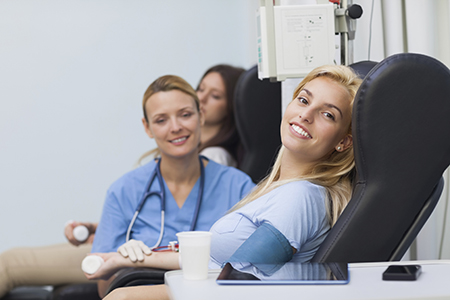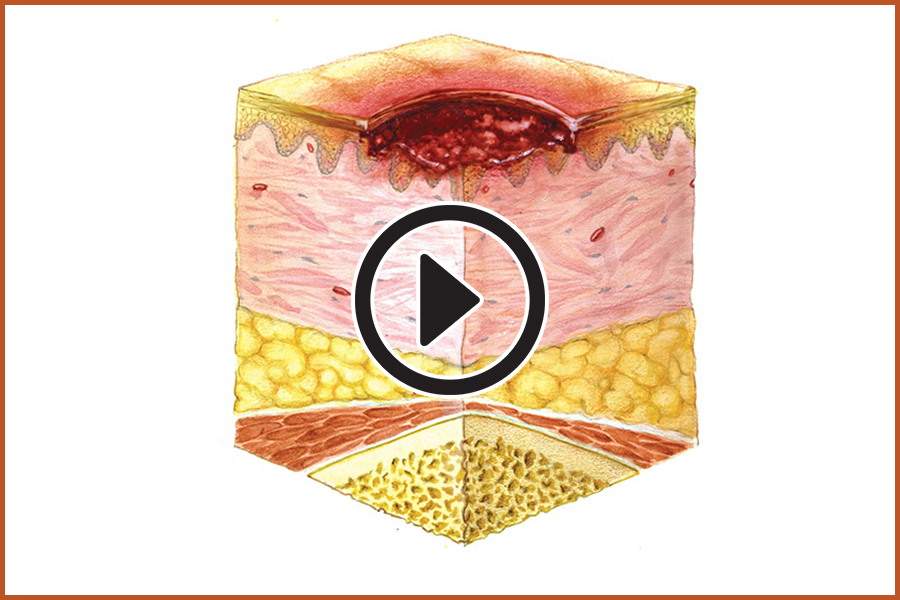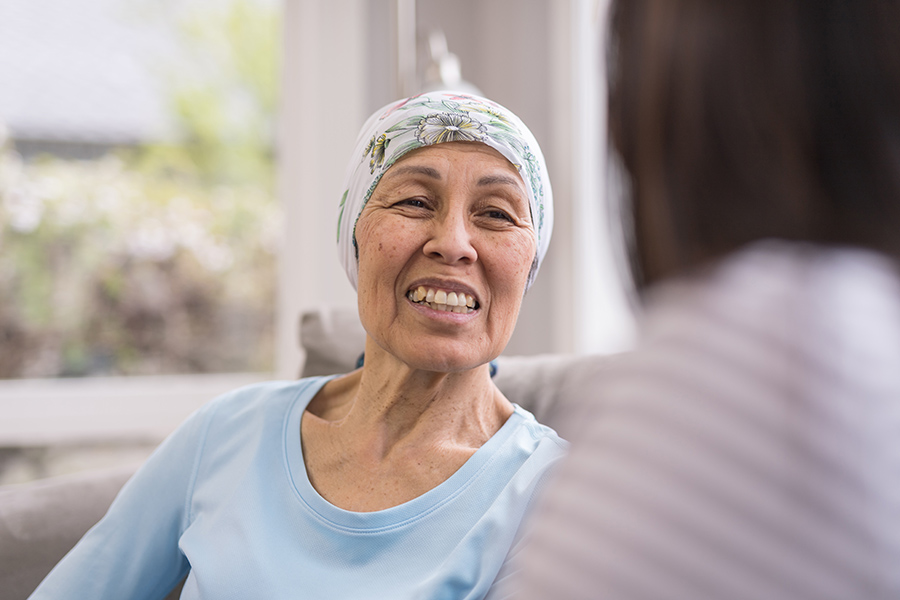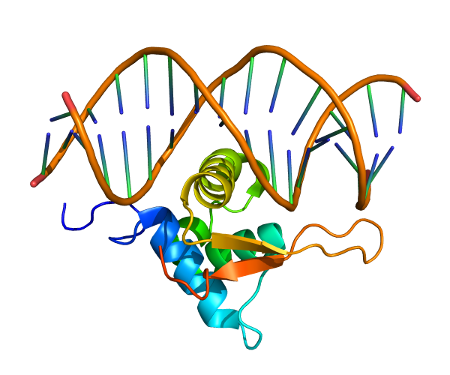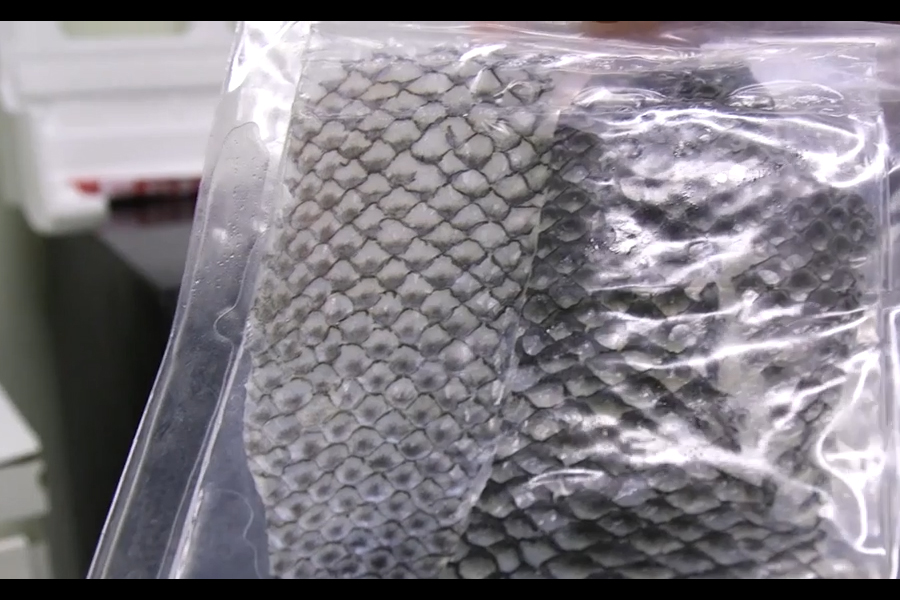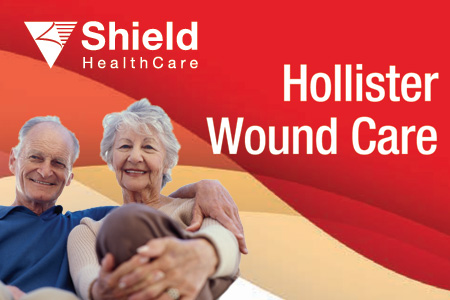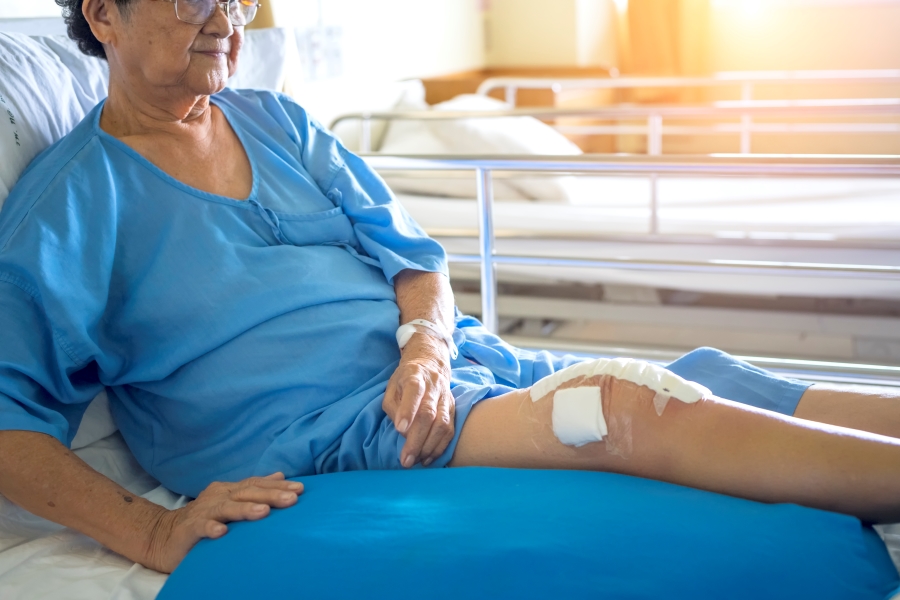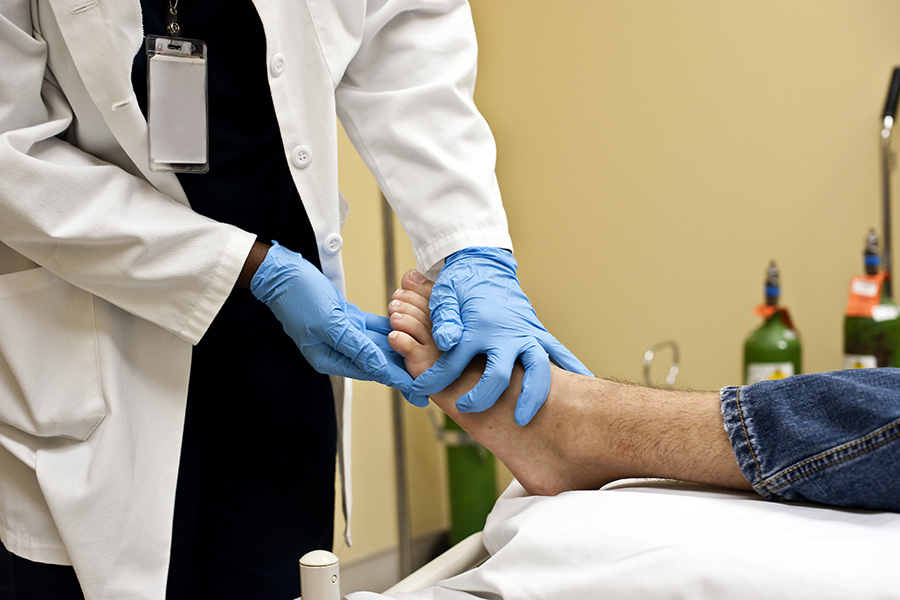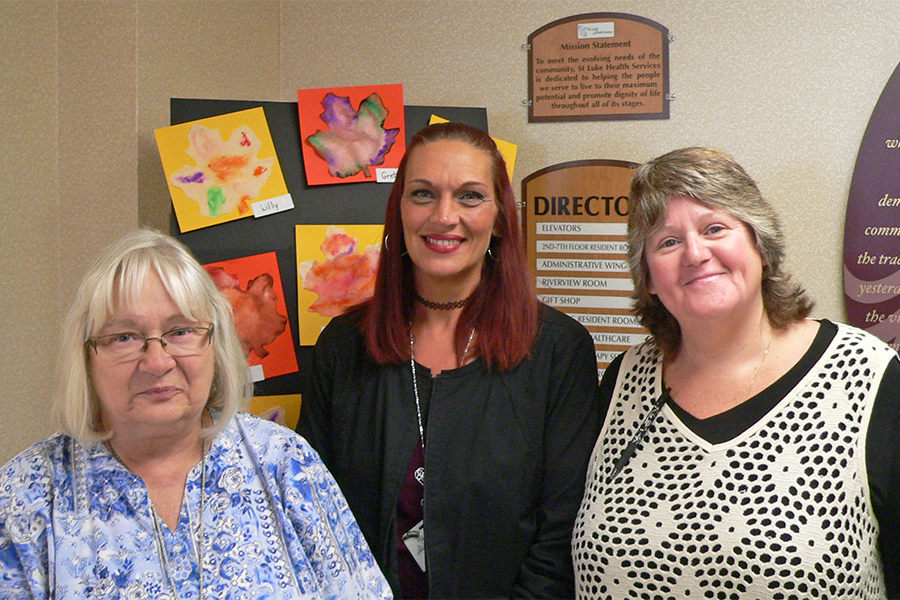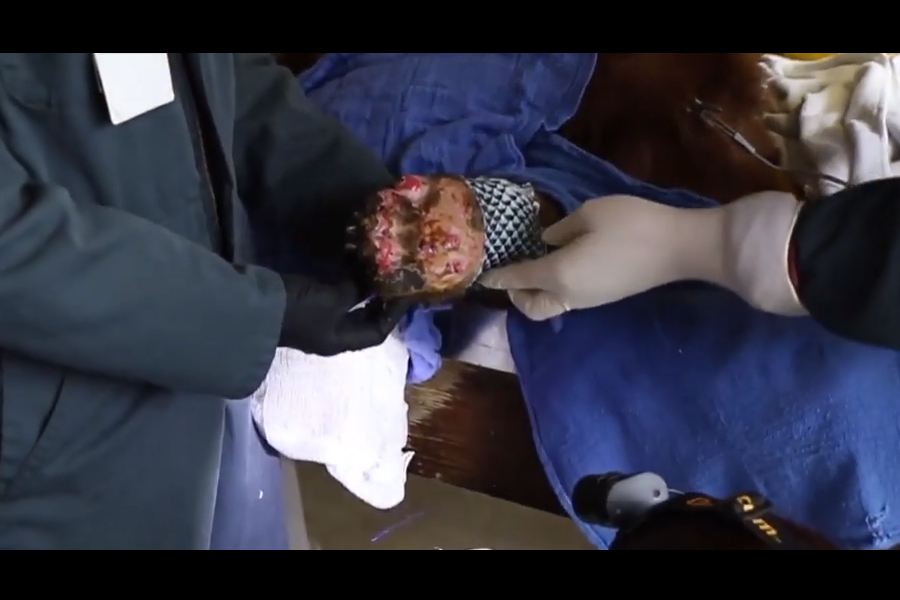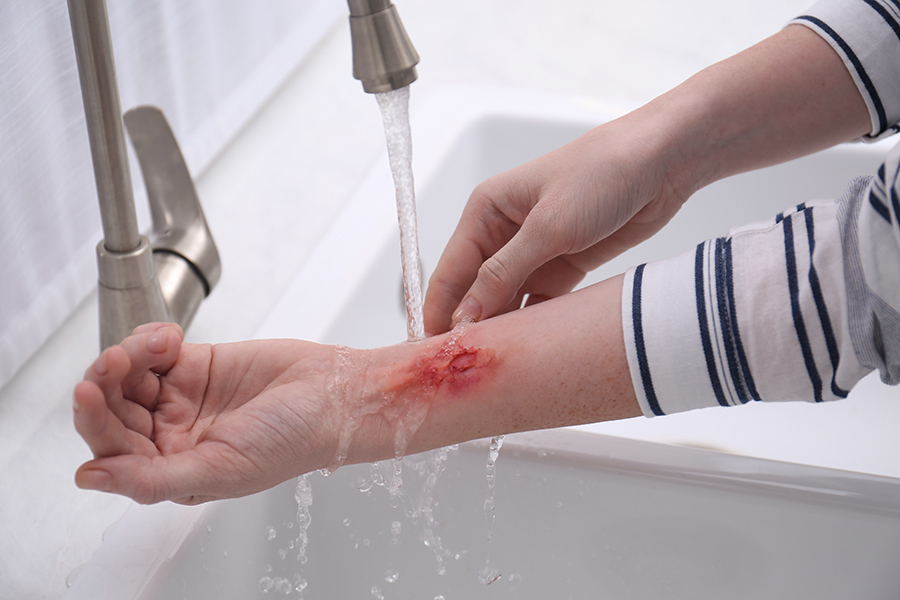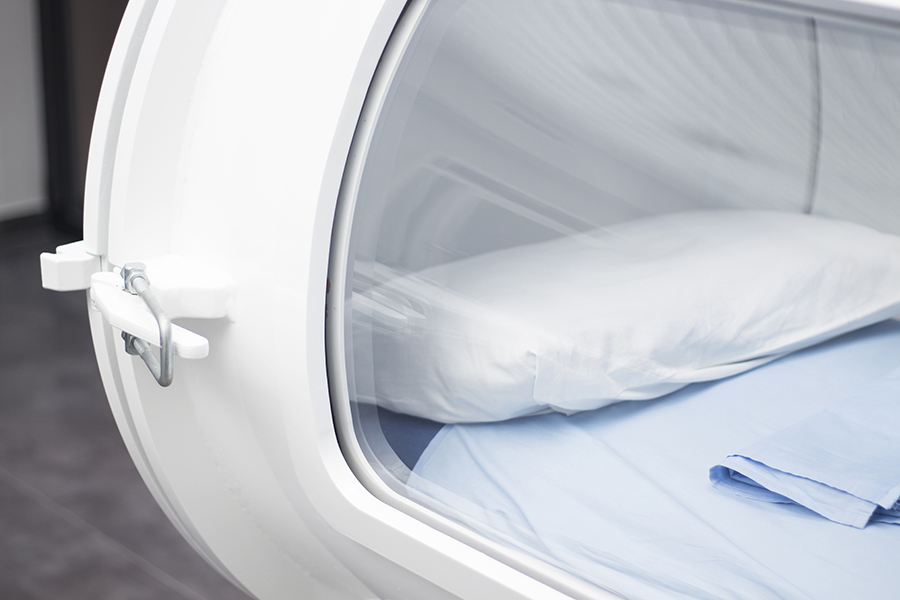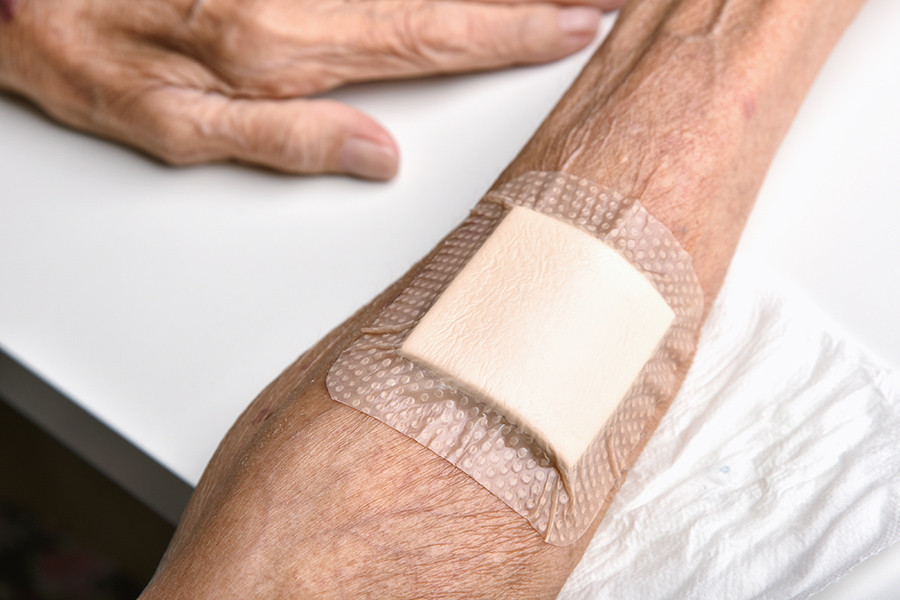By Kara S. Couch, MS, CRNP, CWS for the American Journal of Managed Care (AJMC)
National Nurses Week (May 6-12, 2017) is a time to celebrate our profession and reflect on the impact we’ve had on people’s lives through our work. I earned my credentials as a nurse practitioner and certified wound care specialist through a rigorous nursing curriculum and countless hours of specialized training, which prepared me to address patients’ physiological needs. It took first-hand experience treating patients, however, to fully equip me to take care of the person beyond their clinical diagnosis.
That’s because nursing—one of the nation’s fastest growing professions—is a career that blends both art and science: it takes clinical knowledge to recognize and understand a patient’s disease process and illness, but knowing how to really make a difference in patient care is cultivated through experience.
The Art of Wound Care Nursing: Holistic Healing
For wound care nurses, in particular, making a difference in the lives of our patients requires a holistic approach. Our relationships often span many years, as we care not only for patients’ chronic and difficult-to-heal wounds over time, but also address their nutrition, ability to function, and lifestyle habits. We offer reassurance, guidance, and education as they endure complicated and frequently painful procedures and surgeries. We serve as their advocates, cheerleaders, health and wellness educators, and weight loss coaches.
Good nursing care is the science of treating the problem at hand and the art of understanding the big picture regarding a patient’s individual needs. And these go hand-in-hand; you cannot have one without the other.
For example, at George Washington University Hospital where I serve as a nurse practitioner in the Wound Healing and Limb Preservation Center, 10% to 15% of my patients are homeless. Another 10% to 15% of my patients use illicit drugs. As their healthcare provider, part of my job entails having honest and realistic conversations—direct, but without judgment—about the realities of their personal situations and the impact these situations have on the wound healing process.
Read the Full Article at the American Journal of Managed Care (AJMC)









